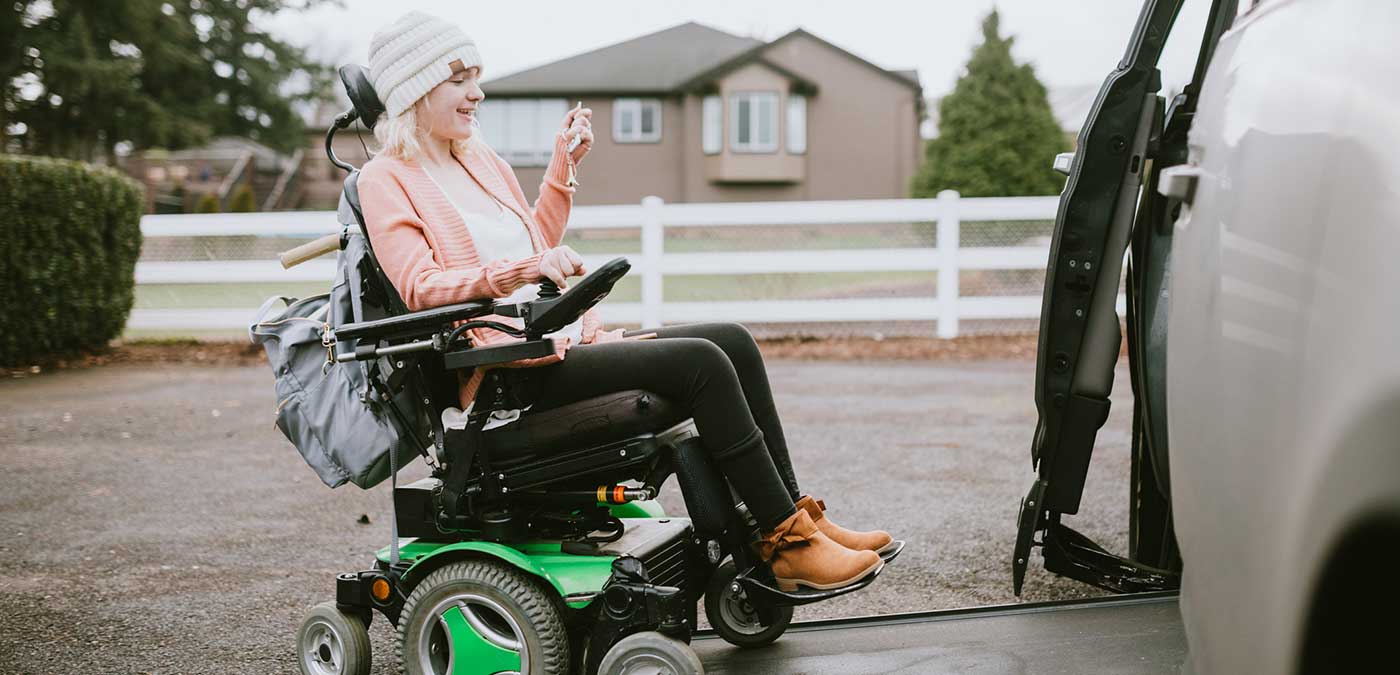Nearly 25 million people have a travel-limiting disability, and 3.6 million of them are homebound because of their disability.
– Bureau of Transportation Statistics
For people with disabilities who want to work, transportation is often an enormous obstacle. Unless transportation problems are overcome, many qualified applicants can miss out on a great opportunity — and employers can miss out on a great match. Research tells us that people with travel-limiting disabilities are less likely to be employed.
Before the ADA, there were very few transportation options for people with disabilities. There were no clear, unified codes — people with disabilities had to rely entirely on friends or family to help them get around. Passage of the ADA provided much more independence to travelers with disabilities.
To give citizens with disabilities equal access the ADA requires:
- Wheelchair lifts and devices to secure wheelchairs
- Gap ramps on subways
- Enough time to get on and off of the vehicle or train
- Service animal permission
- Disability-friendly route information and signage
- Accessible facilities that have clear pathways, curb cuts, or ramps
- Priority and reserved seating for people with disabilities
- Trained drivers who can operate adaptive equipment
Although there are still opportunities for improvement, the ADA has allowed people with disabilities the opportunity to work, engage with, and contribute to their communities.
More to Explore:






